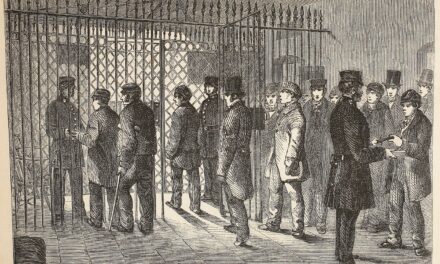Gordon Nightingale
During WWII Women served in many ways but seldom in combat roles. This changed, however, in 1941 when Moscow was under threat by invading German forces. Many women in the Soviet Union expressed the desire to become involved in the war effort.
Marina Raskova, known as the Russian Amelia Earhart, convinced Joseph Stalin to authorise the formation of three regiments of female pilots. 400 for each unit were selected by Raskova from about 2000 eager applicants.
The regiments were made up of young women with ages ranging between 17 and 26, mostly students. The women would not only fly missions and drop bombs, they would be able to return fire – making the Soviet Union the first nation to officially allow women to engage in combat.
This story is about one of the regiments – the 588th Night Bomber Regiment – which was run entirely by women.
The brave young pilots and navigators flew into battle in wood and canvas bi-planes designed in 1928 as crop-dusters.
They flew only at night… in groups of three… in open cockpits….in freezing conditions – yet they were looked down upon by their male counterparts. They were seen as inferiors and were given hand-me-down, ill-fitting uniforms and oversized footwear.
They were provided with rudimentary equipment such as a compass, pencil, ruler and a flashlight. They had no radar, radio or even altimeters and no parachutes.
After training and practice (which was condensed into a few short months) they were given their first mission.
On June 12th 1942 they faced a baptism by fire when ordered to destroy three major river crossings.
The girls walked to their planes on that moonless night with fear, anticipation and excitement. The attack on the bridges was successful…the night finished without losing a plane… and had delayed the German advance into Russia.
The women developed an attack technique that involved cutting their engines to idle – glide in almost silently to bomb release, then power away in opposite directions. They were the original stealth bombers!
Wind noise was the only give-away to their presence.
German soldiers on the ground likened the sound to witches on broomsticks and coined the nickname, die Nachthexen… the Night Witches…and like the “Rats of Tobruk” the women wore the intended insult as a badge of honour.
They were so feared and hated by the Nazis that any German airman who downed one was automatically awarded the prestigious Iron Cross Medal.
With high manoeuvrability and a top speed less than the stall speed of German fighters, the German pilots found the bi-planes difficult to shoot down. One German ace managed to shoot down four in one night in 1943 but it only kept the Night Witches grounded for that night.

Gordon Nightingale delivers his address at the Eganstown ANZAC Day commemoration.
Each plane could carry two bombs only. It meant the pilots had to return to re-arm numerous times in a night. Most of the women were flying 8 sorties each night. The record was 17 sorties by one crew.
From the time of their first mission until the end of the war in May 1945, the Night Witches flew over 23,000 sorties, dropped 3000 tons of bombs and 26000 incendiary shells damaging or destroying 17 river crossings, 9 railways, 2 railway stations, 26 warehouses, 12 fuel depots, 176 armoured cars, 86 firing points and 11 searchlights as well as performing 155 supply drops to Soviet forces.
The Night Witches had a greater influence on the outcome of the war than their small numbers would suggest. Their contribution showed what determined and brave women can do when given the trust and opportunity to defend their country.
Over the period from 1942 to 1945, each woman pilot flew at least 800 sorties. Irina Serbrova flew the most at 1008 sorties.
In total 380 women served in the regiment.
32 women died of various causes including crashes, combat and tuberculosis.
28 aircraft were lost.
26 women were made Heroes of the Soviet Union.
During their time of service a few of the women got into a bit of trouble:
A senior woman engineer was sentenced to death for a relatively minor offence, of which she was later acquitted and returned to her former position.
Two mechanics were sentenced to 10 years each for dismantling a marker flare and using the small silk parachutes to make underwear. They were both acquitted and retrained as navigators. Tragically, one of them was later killed in action.
Despite being the most decorated regiment in the Soviet Union, the Night Witches did not take part in the victory parade in June 1945 because… their aircraft were too slow.
On the15th Oct 1945 the regiment was disbanded.
Lest we forget those brave young women and all women who served in all capacities in war time.
Gordon Nightingale is a local author and poet and the convenor of the Daylesford U3A Writers’ Circle. This story was Gordon’s address to the Eganstown ANZAC Day Commemoration.





